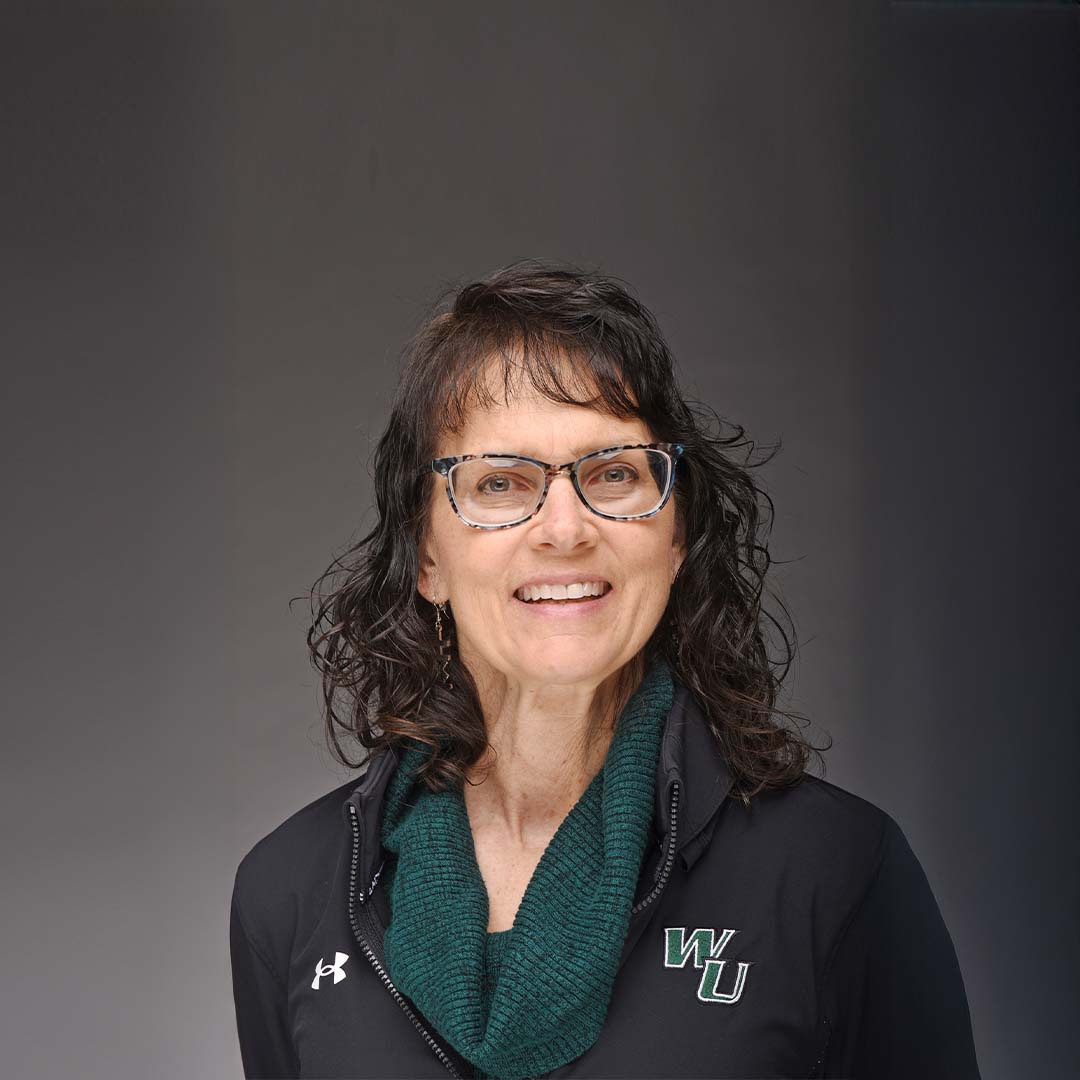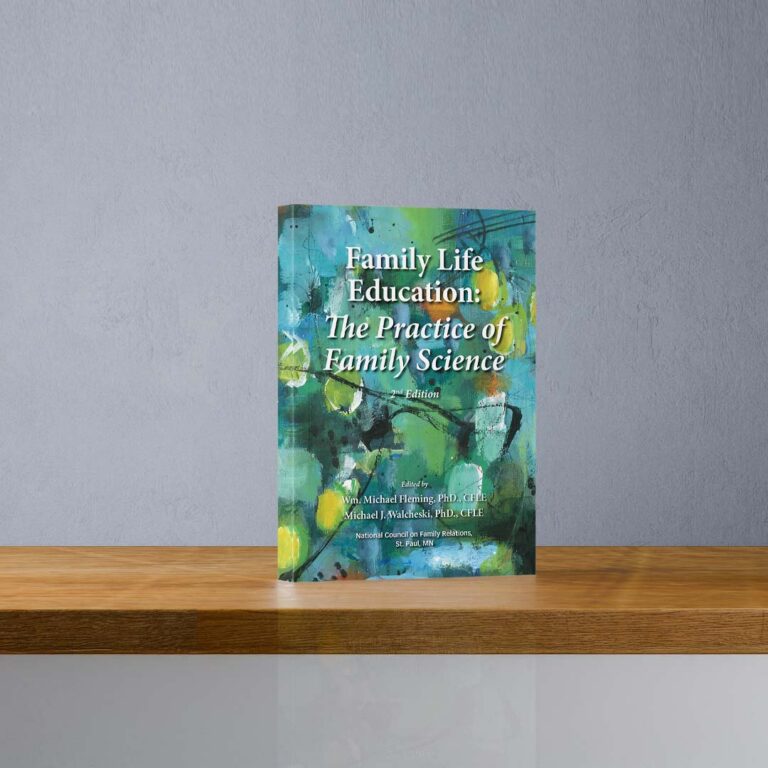A Revisionist Look at Math Education

Dr. Diane Bansbach has been a mathematics educator for 30 years, and she thinks it’s time to take a new look at how students solve math problems.
She is collaborating with math teachers in secondary and higher education throughout the state to study the incorporation of the practice of “rough draft math” into mathematics courses. It’s a process in which students are free to collaborate and revise math problems instead of coming up with the correct solution on the first try.
“It’s a systemic problem that we believe that everyone should have the right answer the first time,” says Bansbach, chair of Mathematics in the College of Education and Liberal Arts. “With a rough draft, we build on what we know and make revisions. People understand what a rough draft means in English class. Why not math?”
She believes that all students can learn math, and teachers need to learn how to teach math in an engaging and enjoyable way. The group of educators studying the concept is a book club of sorts, brought together by “Rough Draft Math: Revising to Learn,” written by Dr. Amanda Jansen, a professor in the School of Education at the University of Delaware.
Bansbach says the rough draft math process can help teachers better understand children’s thought processes and alleviate their anxiety.
“Ask ‘What do you notice? What do you wonder?’ It’s the job of the teacher to get students to want to revise their thinking—and specifically ask them to do so,” she says.



